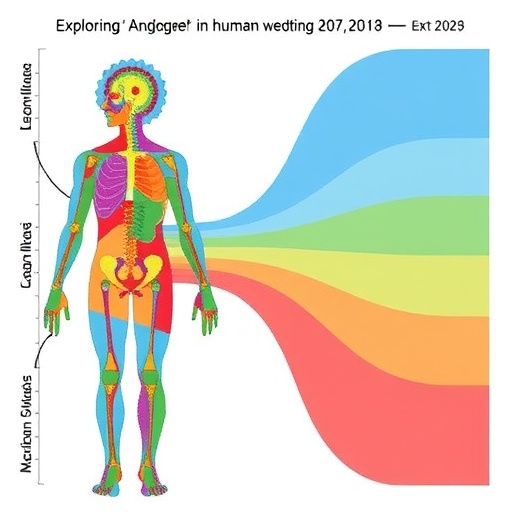Improved single-cell ATAC-seq method scales up research into how genes are controlled
Scientists at Harvard University, collaborating with researchers at Bio-Rad Laboratories, have developed a new platform for rapid single-cell sequencing. The approach combines microfluidics and novel software to scale up single-cell ATAC-seq, which identifies parts of the genome that are open and accessible to regulatory proteins.
Published in Nature Biotechnology, the innovation signals a major acceleration in single-cell genomics research.
What is single-cell sequencing?
We all start out as a single cell, but quickly turn into trillions. The genome in that first cell is copied into all the rest – so how do we end up with so many different cell types? For many years, scientists have been trying to figure out how genes are turned on and off in different cells at different times in their development, so that cells can carry out specific functions.
Single-cell sequencing has transformed this area of research, allowing scientists to study genes in individual cells, rather than large pieces of tissue. When studying cells in bulk, the collection might appear uniform but actually contains many different cell types. Because of this, results represent an average. They point researchers in a promising direction but do not give precise insights.
By allowing researchers to examine just one cell at a time, single-cell sequencing is redefining anatomy. It sifts through cells that appear similar on the surface, highlighting new cell types and vastly improving the ability to find individual genes that drive healthy functions or disease processes in the body.
ATAC-seq
In this study, researchers focused on a type of sequencing called ATAC-seq (Assay for Transposase-Accessible Chromatin using sequencing). Each human cell contains two meters of DNA, tightly packed into the microscopic nucleus. ATAC-seq identifies which parts of the DNA are unwound and accessible to proteins.
“It’s a bit like opening up a multidimensional suitcase to get at the clothes,” said Fabiana Duarte, co-lead author of the study and a postdoctoral fellow in Jason Buenrostro’s lab at Harvard. “If a part of the genome is accessible, an enzyme can make a cut and tag it. Then we find the sequences of all the tagged DNA.”
Genes are controlled by many different proteins. Transcription factors, for example, bind to a piece of DNA and bring over the machinery that reads it. There are countless transcription factors, and each one recognizes and binds to a very specific DNA sequence. That sequence is called a motif, and because it is so specific it can be flagged in ATAC-seq data.
Since Buenrostro and colleagues first developed ATAC-seq in 2013, the field has moved rapidly. The technology is used ubiquitously in the genomics community, for example in the Human Cell Atlas project, to understand and map genome function. But the complex process has been time consuming and inefficient, with only a fraction of cells yielding reliable results.
Scaling up
The new approach developed in this study makes ATAC-seq much more efficient. Where previous approaches made it possible to profile 100 cells per reaction, the new method profiles 50,000.
“We’ve scaled it up so we can profile many cells in a human tissue in a straightforward way. The method is simple, so you can run the experiment in a day, start to finish. That will allow researchers to achieve much more in a far shorter time,” said Buenrostro, assistant professor in Harvard’s Department of Stem Cell and Regenerative Biology.
One of the biggest challenges in single-cell sequencing is isolating the cells to be studied. The new method resolves this problem using microfluidics and droplets.
“We worked with the Bio-Rad team on the method,” Duarte said. “One channel of the device delivers a cell, and another adds a bead – and each bead has a bar-coded tag. Where they meet, there’s oil – so you get droplets. Each droplet has a cell and a bead. You can add a lot of cells into the device to get data on individually labelled cells.”
But the devil is in the details, as any computational biologist will tell you.
“Ideally you’d have one bead in each droplet. But in practice, to make sure that each cell is tagged, droplets can end up having more than one bead,” said Caleb Lareau, co-lead author and graduate student in Buenrostro’s lab. “Our new software identifies those cases and merges them, so you can identify single cells that might at first have looked like many.”
“Because of experimental and computational innovations, we can now get profiles for 95% of the cells that are put into the machine. That’s up from around 20 to 30% – like night and day,” Lareau said.
Accelerating research
“This droplet approach will be available to biomedical researchers in all fields as an off-the-shelf technology, and I’m really proud that we helped it get to this stage,” said Buenrostro, who is also a faculty member of the Harvard Stem Cell Institute. “In this study, we also developed a method within the method: barcoding added another layer of tagging that allowed us to increase the number of cells we could assay tenfold or more. It changes the questions you can ask, and how quickly you can find answers – I think we’re going to see research moving much more rapidly now.”
###
Media Contact
Mary Todd Bergman
[email protected]
http://dx.




